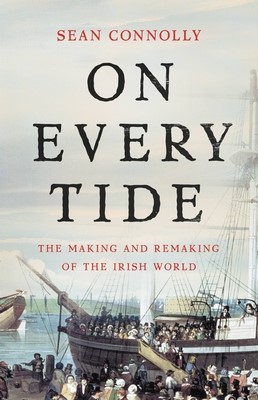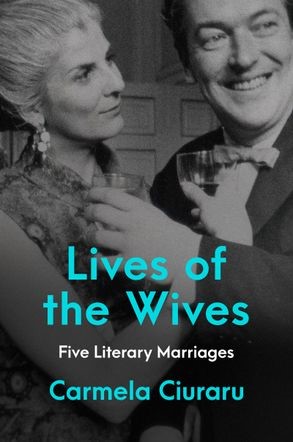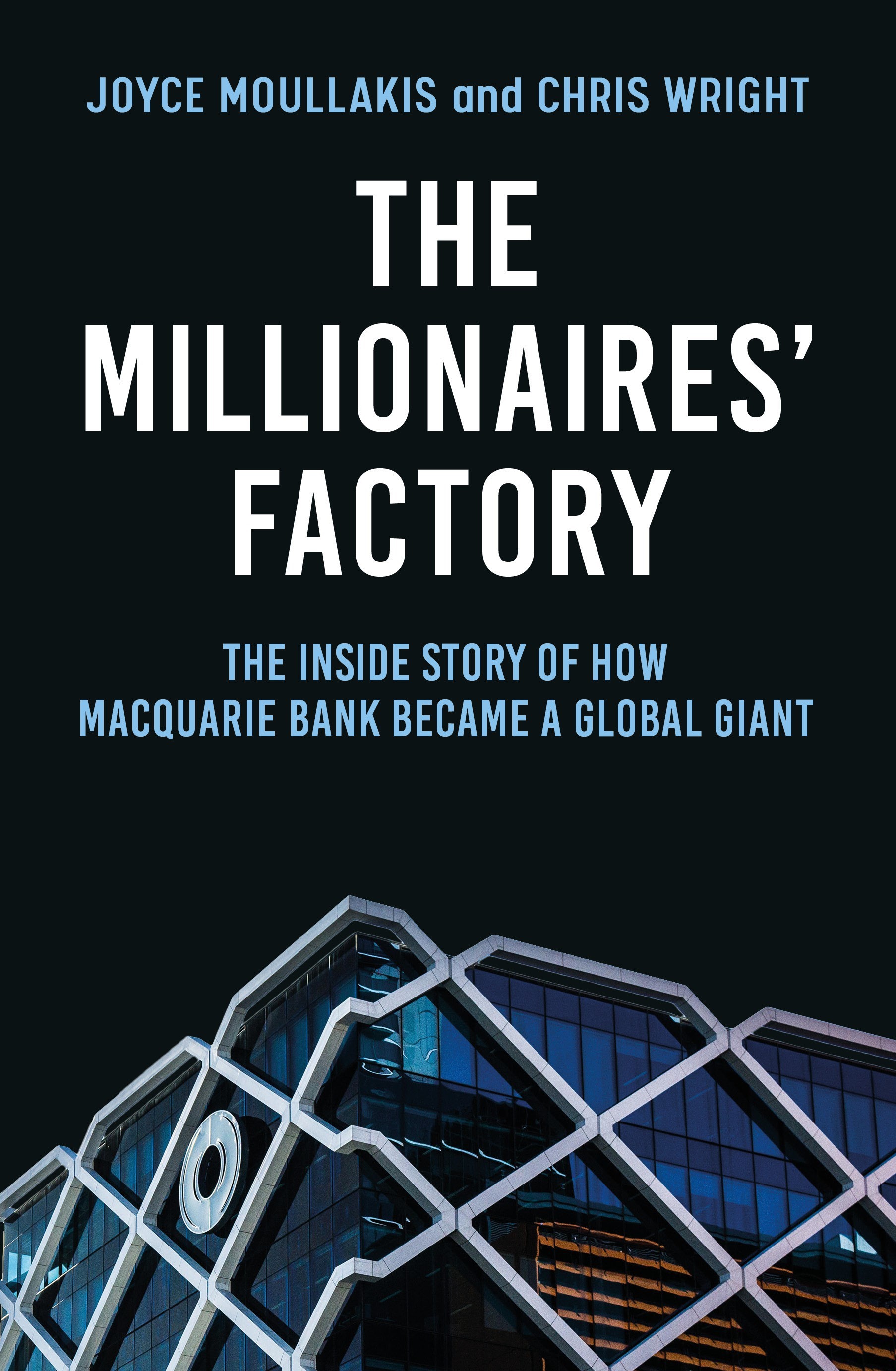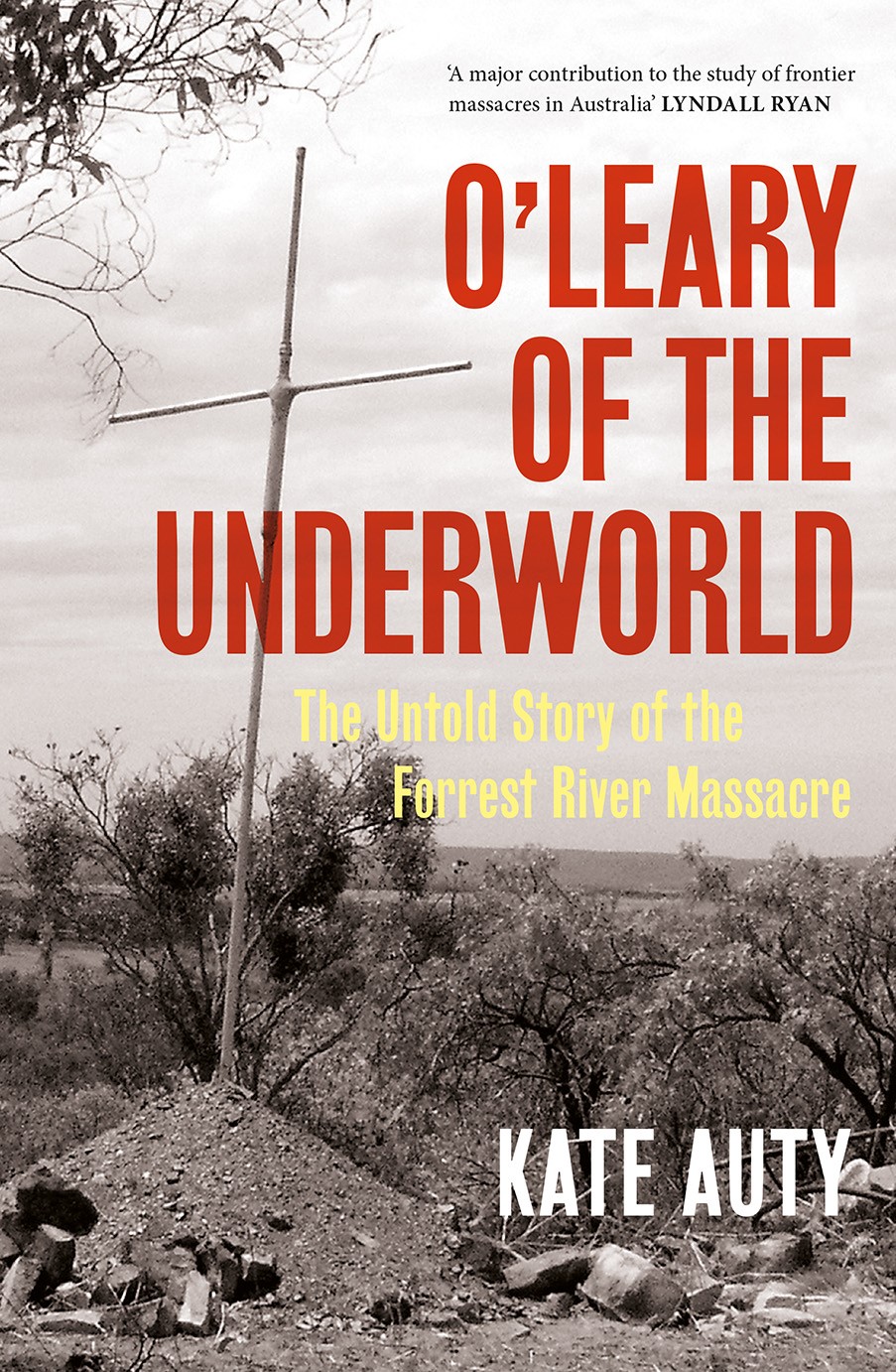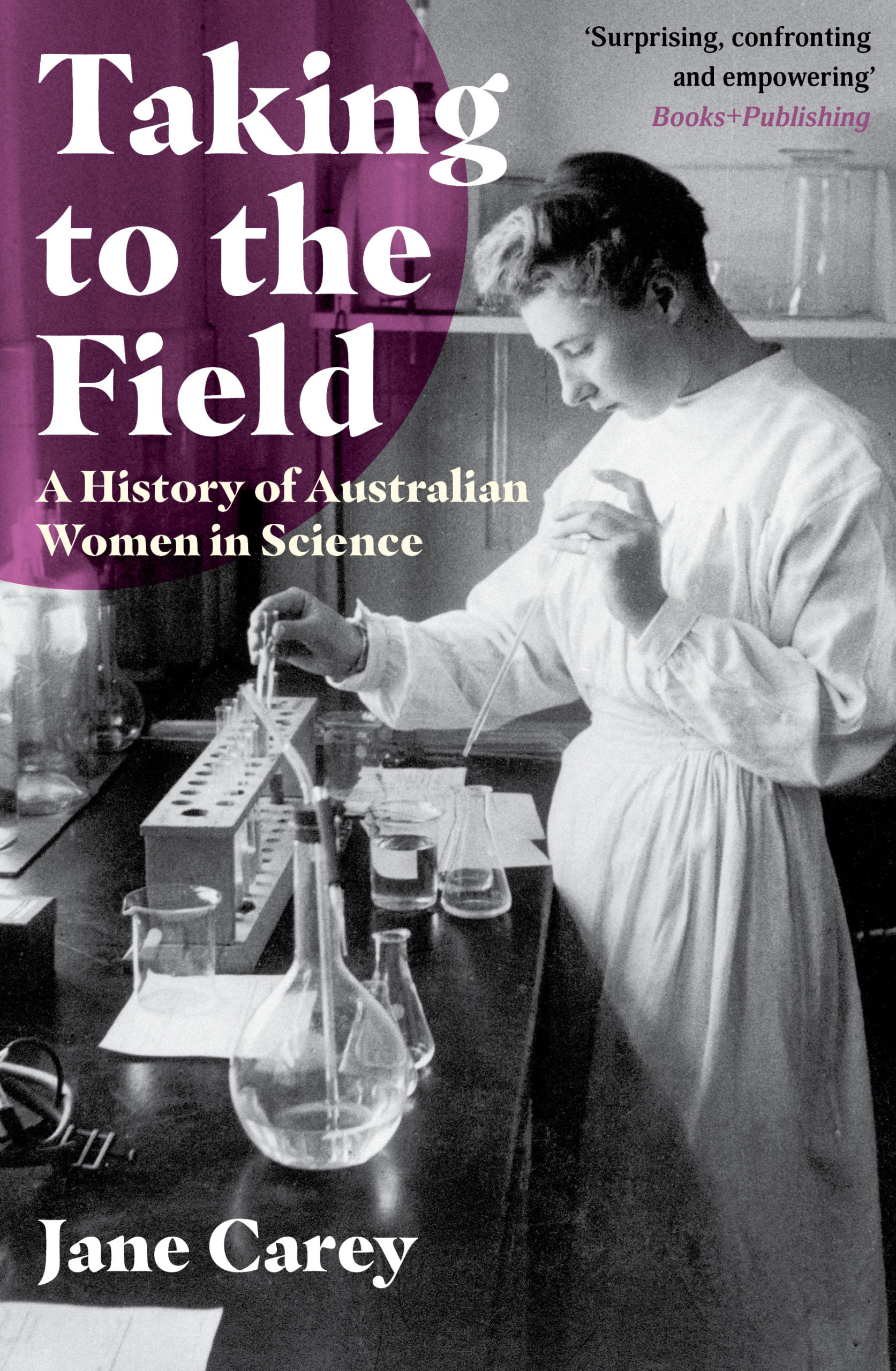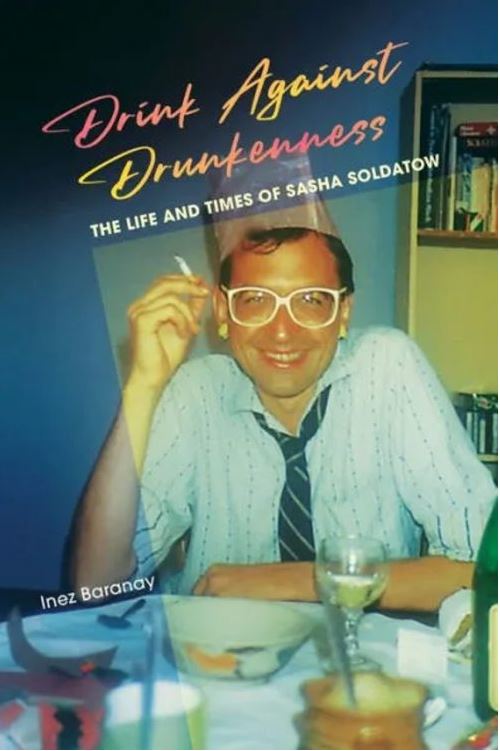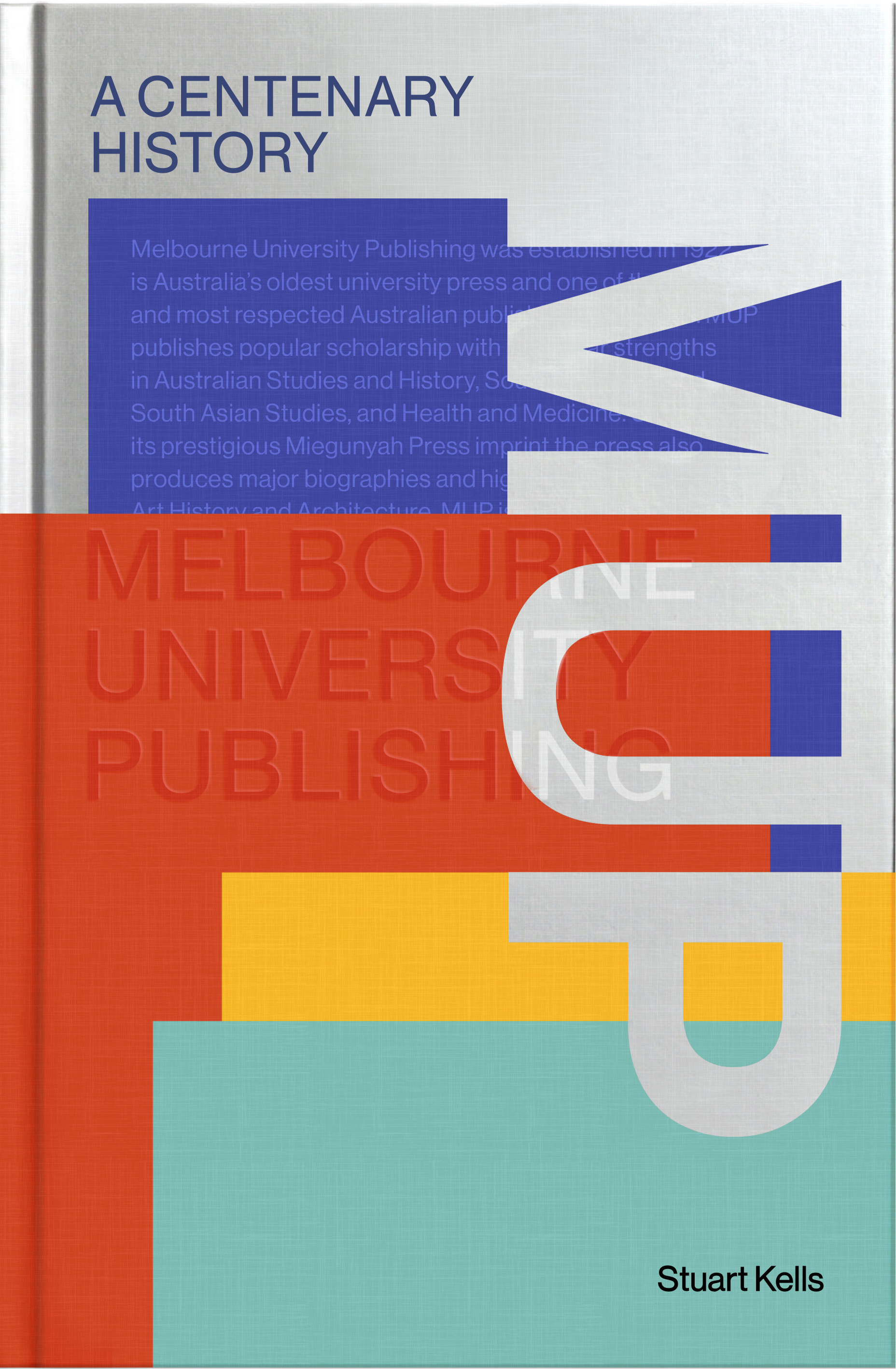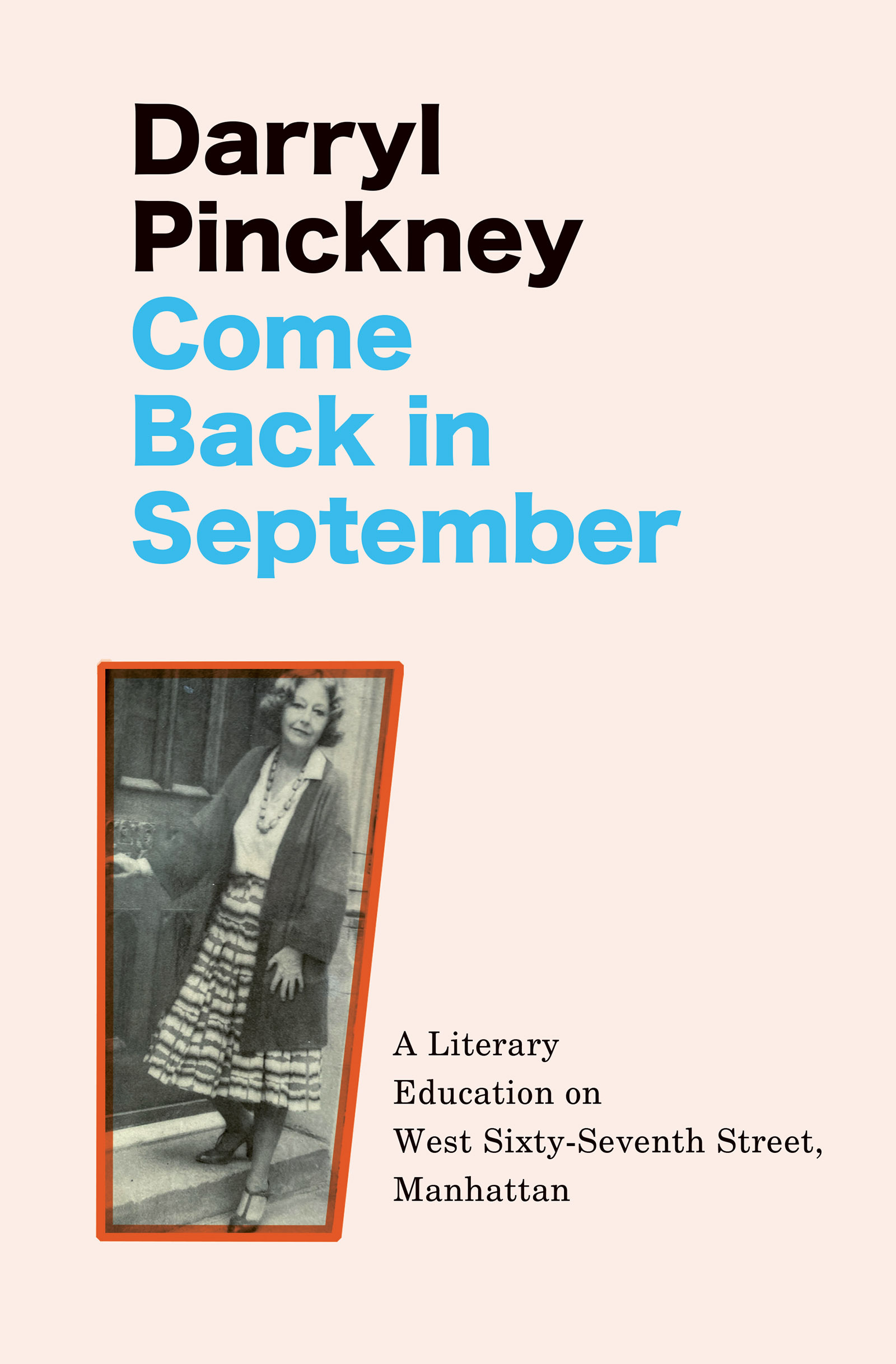History
On Every Tide: The making and remaking of the Irish world by Sean Connolly
In the poem ‘September 1913’, W.B. Yeats lamented the mean condition of his nation. It was not what the heroes had fought and died for – nor, in an idiosyncratically Yeatsian turn of logic, what they fled the country for. ‘Was it for this the wild geese spread / The grey wing upon every tide?’
... (read more)Lives of the Wives: Five literary marriages by Carmela Ciuraru
This book has one of the most off-putting jackets of recent memory. Elizabeth Jane Howard, glass in hand, is gazing attentively at her celebrated novelist husband Kingsley Amis, who is beaming with self-congratulatory pleasure at someone out of shot. Howard, no mean writer herself, seems to be performing the good wife’s duty of smiling at a joke she has heard at least ten times. It is a photo that invites the reader to buckle up for five essays about the wives of prominent writers who gave up their own ambitions for the greater good of being ‘handmaidens to genius’.
... (read more)The Millionaires' Factory: The inside story of how Macquarie became a global giant by Joyce Moullakis and Chris Wright
Respected, not always loved, Macquarie is an exceptional ‘Australian and global financial success story’. So says Steve Harker, a rival investment banker from Morgan Stanley, quoted on the back of this book. The authors tackle an intriguing question: how a bonsai operation grew tall, dominating parts of the world of financial engineering. In 400 pages, with a useful index, plus 25,000 words of notes accessible via a QR code, Moullakis and Wright, two senior financial journalists, provide insights into Macquarie, Australia’s only significant global financial institution, which today directly employs more than 17,000 people in thirty-three countries.
... (read more)Science, Secrecy and the Smithsonian: The strange history of the Pacific Ocean biological survey by Ed Regis
In 1962, a small group of scientists from the Smithsonian Institution in Washington, DC embarked on what would become the most ambitious biological survey of the Pacific oceans. Across seven years they travelled to more than 200 islands over an area almost the size of the continental United States. They banded 1.8 million birds, captured hundreds of live and skinned specimens, and collected ‘countless’ blood samples, spleens, livers, stomach contents. What became of most these biological samples has never been disclosed. The Smithsonian’s Pacific Project was, and remains, shrouded in secrecy. The scientists involved were left to guess at the aims of their research. They were mere subcontractors, following the directives of their funding agency: the biological warfare division of the US Army Chemical Corps. ‘To me, as a bird man, it was a wonderful breakthrough because it was a source of funds,’ said S. Dillon Ripley, the Smithsonian’s secretary during the project. ‘That’s all I know about it.’
... (read more)O'Leary of the Underworld: The untold story of the Forrest River Massacre by Kate Auty
This is no ordinary history book. It is in part an account of a massacre and in part a biographical study of one of the perpetrators, Patrick Bernard O’Leary, yet it reads more like a novel, or a prosecutor’s statement in court, than like a conventional history. It is a truly angry book, full of rage at the fact that the perpetrators of a massacre were never brought to justice, rage at the justice system’s treatment of Indigenous people. Its desire to ensure that the victims are never forgotten starts with the dedication, to Warrawalla Marga, an old woman ‘who was walked to her death with a chain around her neck by O’Leary and others in June 1926. She and all the others are not forgotten.’
... (read more)Taking to the Field: A history of Australian women in science by Jane Carey
In 1943, of the 101 science graduates of the University of Sydney, 55.4 per cent were women. That same year at the University of Melbourne the proportion was 46.2 per cent, and by 1945 women made up 37.4 per cent of all science graduates across Australia. Given contemporary anxieties about women’s involvement in science, these statistics appear unbelievable. Yet, as Jane Carey explores in Taking to the Field, between the 1880s and the 1950s women were not only completing science degrees in notable numbers but, even outside the unusual war years, were contributing valuably to Australian science through research, teaching, and social reform.
... (read more)Drink Against Drunkenness: The life and times of Sasha Soldatow by Inez Baranay
Sasha Soldatow was a writer, gay activist, member of the Sydney Push, party animal, and bon vivant with legions of friends. In Drink Against Drunkenness, Inez Baranay maps the life like an archaeologist’s dig, though we are looking into the recent past (Soldatow died in 2006, not yet sixty). A fall in the icy streets of Moscow, in which his hip was broken and subsequently badly reset, heralded a steep decline; his alcoholism grew apace, and many of his friends tired of him. It was a sad end, yet he had a life full of daring: avant-garde writing and living freely as a gay man in a still repressive age.
... (read more)Political Lives: Australian prime ministers and their biographers by Chris Wallace
We live in an age of leader- and media-centric politics. There is a name and a personality attached to every significant political initiative, and chief among them are prime ministers and premiers. Political junkies will be familiar with the torrent of ‘leader’ profiles generated by the press and well versed in identifying implicit bias. Yet we constitute a ready market for biographies of current (and perhaps rising) stars, and journalists are often first to seize the opportunity to write ‘the first draft of history’. How well do we understand the genre and its effects?
... (read more)Publishers rarely become big news in Australia, university presses even less often. It was notable therefore that the departure in early 2019 of Melbourne University Publishing’s CEO, Louise Adler, and some members of the MUP board, became a matter on which so many of the nation’s political and cultural élite felt they needed to have an opinion. A strong coterie came out in her defence. This had much to do with Adler herself, who had courted their attention, published their books, and made MUP a story in its own right.
... (read more)Come Back in September: A literary education on West Sixty-Seventh Street, Manhattan by Darryl Pinckney
first went to New York City in January 1975. It was wonderfully dilapidated. There was a blizzard of sorts, but I had the light jacket I had bought in Athens. If it was cold, I didn’t notice. The morning I arrived, there was a particularly gory pack murder on the subway. I read about it in the Times. So I avoided the subway and walked everywhere, through the sludge. We all knew what happened if you strayed into Central Park. Folks in Columbus, Ohio, where I had been staying with friends, had implored me not to visit New York. They couldn’t imagine why a nice young boy from somewhere called Melbourne – anarchically long hair and freakish wardrobe notwithstanding – wanted to visit that sinful city. (Still missing Nixon, they spoke of sin and sodomy.) I stayed in Midtown, in a grungy hotel soon to be demolished. The old black-and-white TV was on a constant loop, but I followed The Dick Cavett Show as best I could. The louvred door to my room cast terrifying shadows over my bed whenever anyone passed my room. Each night I dreamt that an ogre was on his way from Wall Street to stab me to death. In the morning I had breakfast for 99 cents – or, if I was hungry, $1.99. Then I didn’t eat for the rest of the day. I haunted the grand old bookshops that lined Fifth Avenue in those days. I visited the Metropolitan Museum for the warmth, but I didn’t know about the Frick. Velvet Underground wasn’t playing at the Metropolitan Opera, so I skipped that. During my stay in New York I didn’t speak to a soul, which suited me fine. It was the purpose of my visit.
... (read more)

